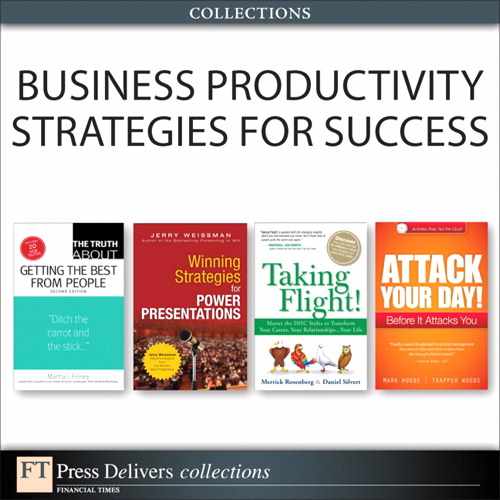32. Don’t Raise the Bridge, Lower the Water
Better Box Thinking
The aphorism, “Don’t raise the bridge, lower the water,” has applications from the soaring heights of architectural design to the ordinary task of presentation graphics; the common denominator in both being the importance of thinking outside the box.
In a paper called “Thinking More Effectively about Deliberate Innovation,” Christopher M. Barlow, PhD, a member of The Co-Creativity Institute,1 said that the familiar phrase “forced me to a new perspective: creativity is not a change in the problem, it is a change in us, a change in our thinking that makes the already possible solutions obvious.”2
Mr. Barlow identified the problem in the aphorism as how to “get the boats past the bridge,” and then went on to say, “If I ask you to design a lift bridge, and you begin describing the building of a dam and lock to lower the water level, I have to wonder about your sanity or intelligence.... When some of the alternatives [are] made obvious by the new viewpoint are better than the best of the old ideas, we call it creativity.” He summarized the creative process as “Not out of the box thinking, better box thinking!”
An example of better box thinking in the usually boxy world of architecture comes from the International Commerce Centre (ICC) in Hong Kong, a 108-story, 1,588-foot building, the fourth-tallest tower in the world.
Because tall buildings tend to sway in the wind, architects—like Paul Katz of Kohn Pedersen Fox Associates who designed the ICC—seek innovative ways to mitigate the risk. According to a Wall Street Journal story about the tower:
Most skyscrapers utilize pendulums or dampers, designed to transfer the motion of the building to mitigation devices.... Mr. Katz designed the entire ICC to provide wind buffers. Instead of meeting in corners, the sides join in recessed notches. Its scaled surface—which gives the building a dragon appearance beloved by Chinese—also breaks up wind force.3
For presenters—who usually think within the strict confines of outbound corporate marketing boxes—better box thinking involves consideration of the audience. In most of today’s unilateral and overloaded business presentations, thinking about the audience all too often goes missing in action.
One of my clients, let’s call him Jason, is a marketing manager for a Silicon Valley telecommunications company, and he was assigned to develop his company’s slide show for a new product launch. Jason created a network diagram slide in which all the labels were crammed into small boxes (pun intended), each box containing two- and three-line captions. Each second- and third-line in each box—which is known as word wrap—makes it more difficult for audiences to read than one-liners.
Word wrap forces the audience’s eyes to make extra movements. Try this simple exercise: Find an existing slide that has word wrap in the bullets and/or the captions. Make a duplicate of that slide and then edit out all the instances of word wrap in the new slide. Then put both the original and new versions into Slide Show and click back and forth between them. Feel the difference in your eye movement?
When I suggested that Jason trim the labels to one-liners, he asked, “Should I make the text smaller or the boxes larger?”
I replied, “Don’t raise the bridge, lower the water!”
Jason smiled in recognition that it was more important to make the slide easy for the audience to read than for him to create.
That’s better box thinking.
